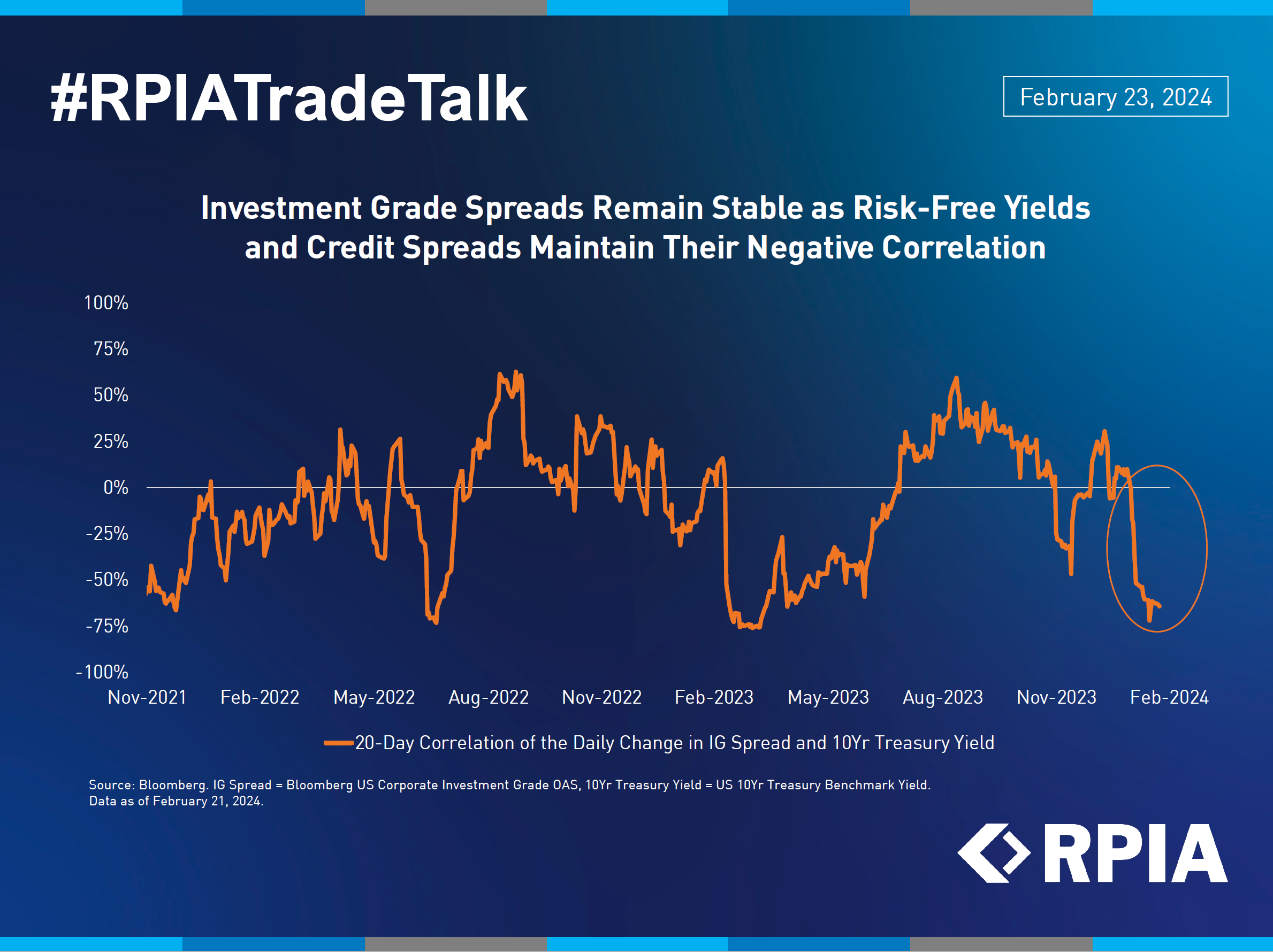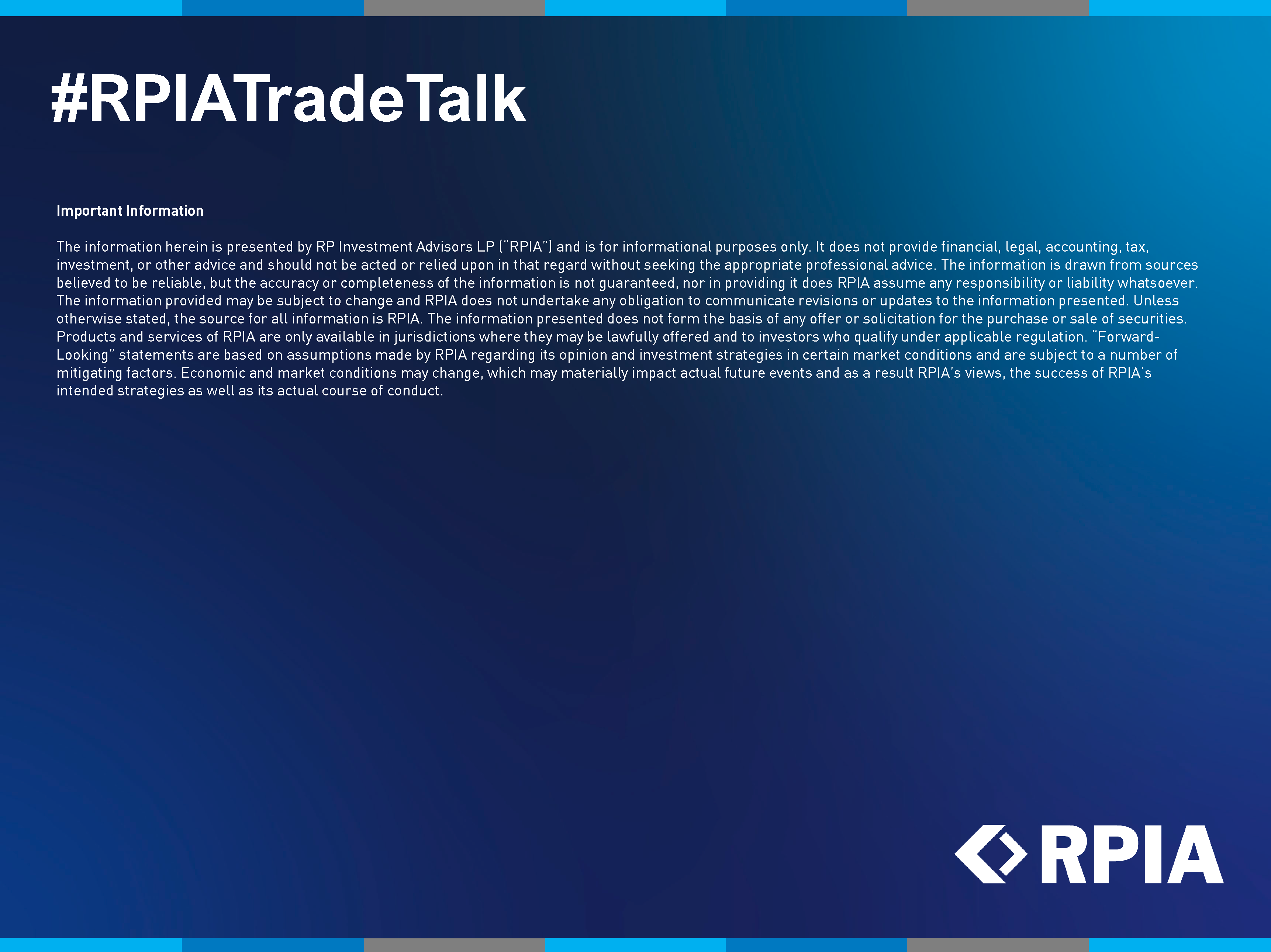Typically, when risk-free yields rise (sell-off), credit spreads tighten (rally) because the economy is growing, and vice versa when the economy is contracting. On the other hand, periods of positive correlation can see rates rise, spreads widen, and equities fall, causing pain for investors at the same time. We saw this occur in 2022 and 2023 when the Fed was forced to manage the risk of unchecked inflation, which required tighter monetary conditions, leading to higher bond yields and a slower economy.
Thus far in 2024, the relationship has once again become more negatively correlated, with higher risk-free yields and spreads continuing to tighten in a stable manner. The resilient performance in investment grade credit spreads is likely underpinned by robust investor demand for attractive all-in yields and the expectation that global central banks will begin rate-cutting cycles. Overall, we believe that higher yields (within reason) can support stable investment grade spreads at this juncture, as long as rate cutting expectations remain intact along with an orderly cooling of the economy.




